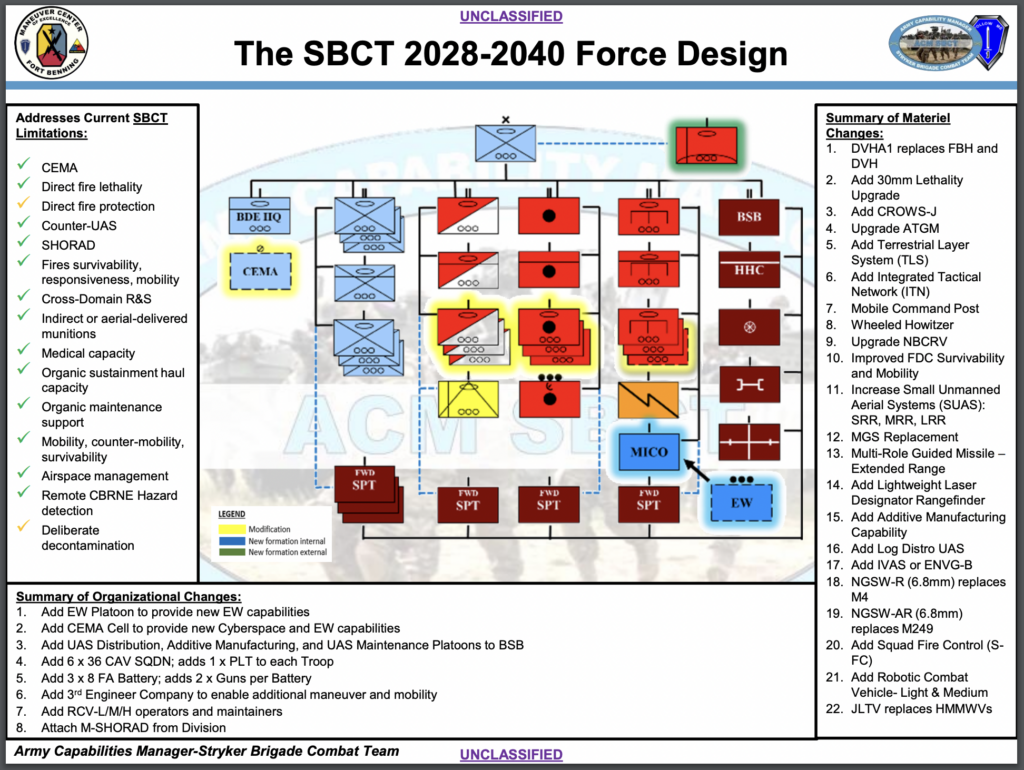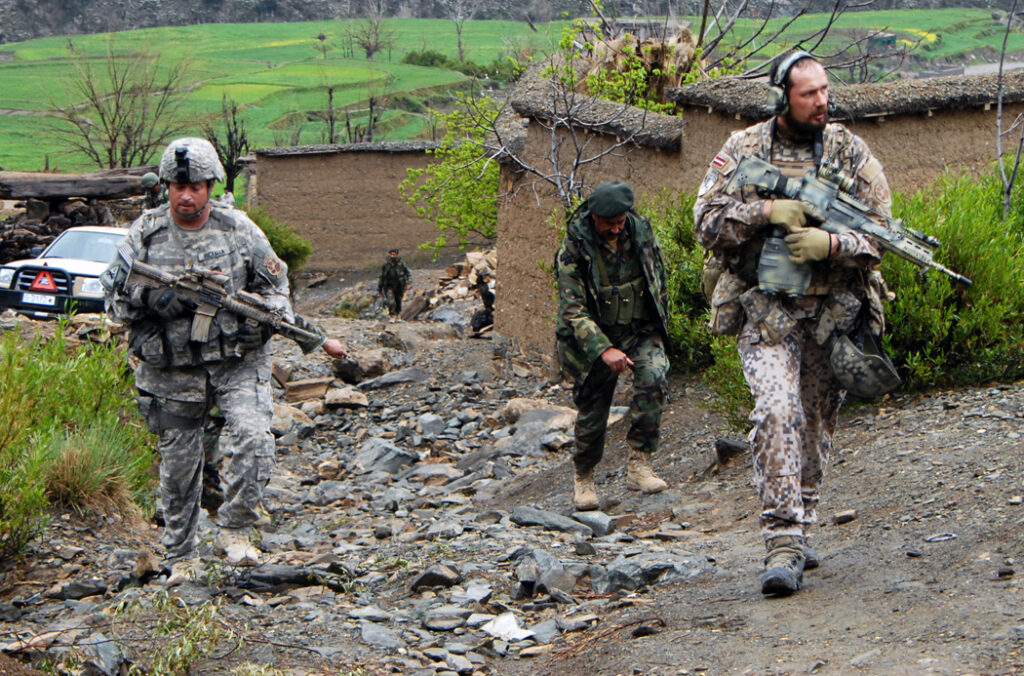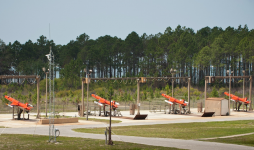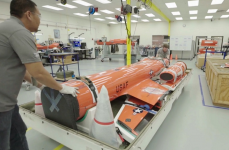And at the same time we are contemplating Gray Zone Warfare do we also need to keep an eye on Conventional Warfare in this Multi-Domain construct?
Do we need to adjust the LAV Battalions? Can we rely on the vehicles more and redistribute the manpower so that we put fewer troops in the section vehicles in order to man more vehicles?
Instead of 10 troops per section in a vehicle, or even 3 in the crew and 6 in the section can we contemplate crews of 2 and a team of 4 in a vehicle? With the extra troops going into dedicated support teams like ATGMs, MUAS, EW, Swarm/FOOFAC, Recce?
“All too often,” the enemy in training scenarios is “two guys… with AK-47s and then another guy with an RPG,” Maj. Gen. Patrick Donahoe says. “That’s not the threat we need to be training our force against today.”

breakingdefense.com
Can an army, any army, walk both sides of the street at the same time?
Or does it need to split into a Gray Army to fight the Constabulary Wars and a Green Army to fight the Conventional Wars? Both Armies are going to be short of bodies and will have to optimize their potential with available technologies.
One really interesting item from the graphic is under Summary of Organizational Changes, item 3.
3D printing in the service battalion.
Which gives rise to this thought
View attachment 64885
View attachment 64886
What if you could print your UAS at the launch point? And manufacture your explosives. Fuel is locally available from existing diesel needs.
Then all you have to do is transport the motor/sensor/controller package and assemble.






